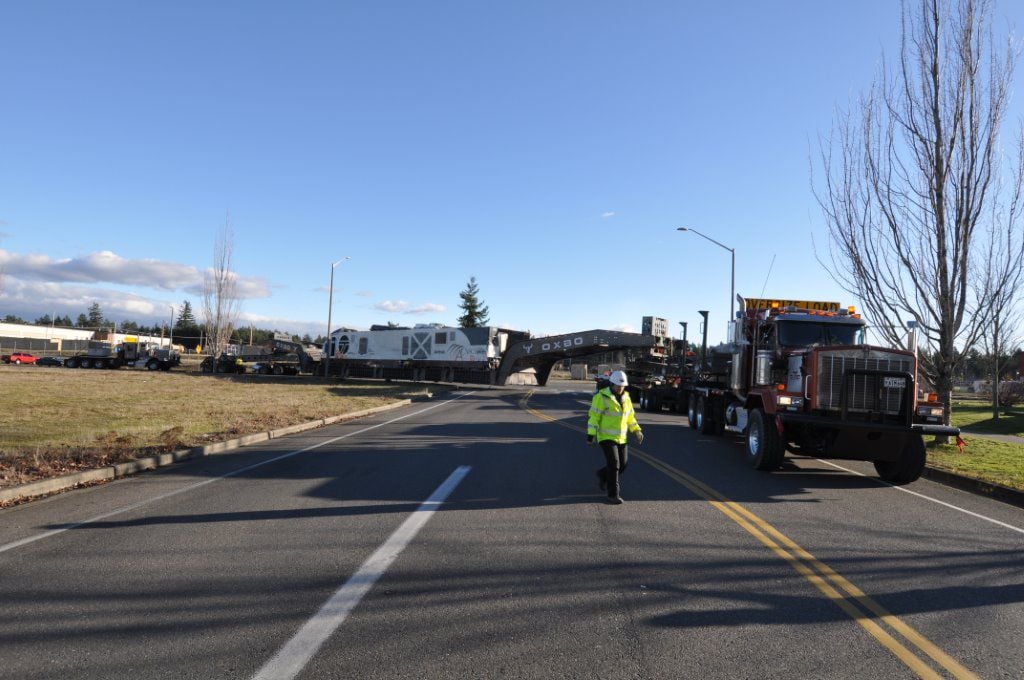https://www.nbcnews.com/news/us-news/amtrak-train-s-crew-noted-high-speed-just-crash-ntsb-n832156
In the first days, before NTSB's initial reports were available, news outlets looking for an angle described the extreme challenge of moving the locomotive that had bulldozed its way onto the interstate, because it was so heavy.
Actually, not that heavy, at 135 tons. The capabilities of derailment contractors, specialized riggers, and heavy haulers are, in a word, awesome. It's just that we don't often see such equipment in the news feeds. In this post I wrote about strand jacks:
http://disaster-wise.blogspot.com/2013/04/strand-jacks-pulling-for-you_24.html
In this post, about how re-railing crews work:
http://disaster-wise.blogspot.com/2010/09/from-derail-to-re-rail.html
A few years ago I asked an engineer at Hulcher, a company specializing in re-railing, the most challenging problem his crews faced: he described a jumble of derailed locomotives at the bottom of a steep valley, where a tall railroad bridge offered the only access. That setting is difficult because wrecking cranes, which have the horsepower to pull about anything, can't spread their stabilizers.
Here's the website of Oxbo Mega Transport, the Oregon company that hauled the engine from the interstate:
http://www.oxboinc.com/
A good local article about the difficulties of a rapid, specialized move:
https://www.thechronicleonline.com/news_paid/columbia-county-company-vital-to-amtrak-crash-cleanup/article_17725cf2-e779-11e7-b4ce-eb20c51ca6bc.html
Here's the rig. Oxbo started with a short but massive trailer used for hauling transformers up to 300 tons in weight, then lengthened and lowered it to allow the load under bridges:
Here's the rig rounding a curve - slowly!
So the job at DuPont was challenging, but no means the biggest for Oxbo. Here's one of the company's bigger jobs - note the many axles in use:
Here's the best image I could find showing the two hydraulic cranes used for the lift.
A more typical loco-lift involves sideboom tractors working together, like this:
Thinking about the initial puzzlement and pessimism in early reports - "How could anybody clear such a mess in a few days?" - it's not surprising. We live in a consumer-oriented time, with a tight focus on affordable, high-performance gadgets that are car-size or smaller. Spending for passenger rail quality, such as Positive Train Control, is just not entertaining enough.
Meanwhile, the unseen hardware necessary to drive our consumocracy - transport, factories, generators, and mineral recovery - is getting bigger and greatly more complex. So it's not surprising that general-interest reporters are years behind in estimating the capabilities of heavy industry.


No comments:
Post a Comment